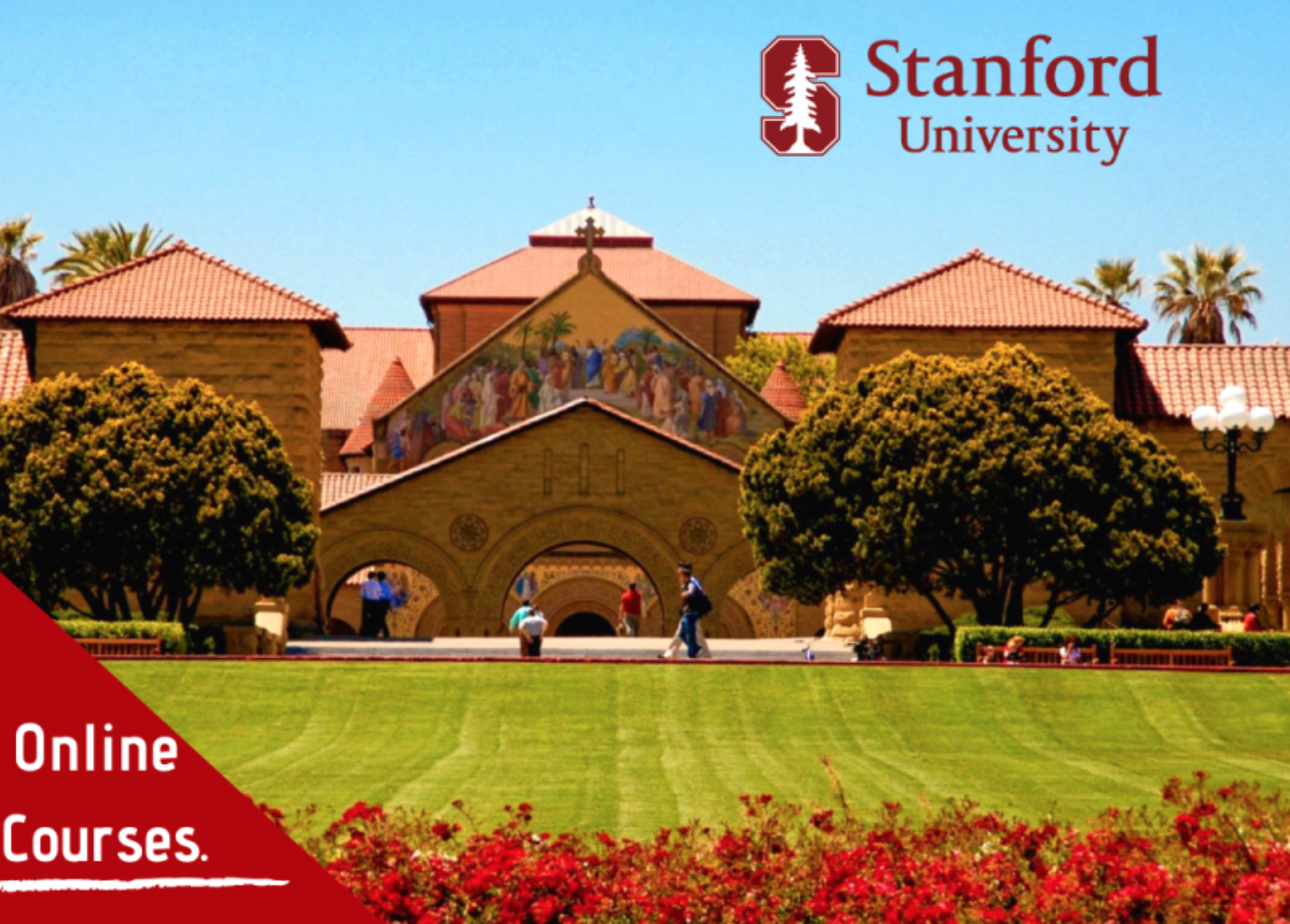
Bliss, C. (2020) Stanford makes strides to improve online learning in pandemic environment, Stanford News, August 17
Stanford University received responses from 6,000 of their students (response rate just under 40%) to identify the main obstacles students encountered during the spring quarter, when it moved its classes to remote learning. The article describes not only the main issues that needed to be addressed as a result of the survey responses, but the steps it has taken to mitigate these for the upcoming fall quarter (semester), since undergraduates will not be on campus in the fall.
Although Stanford is not a typical university – through its endowments, it is one of the wealthiest universities in the world – there are nevertheless important lessons for the fall semester that will apply to many other higher education institutions.
Main results
- nearly 80 percent of all students indicated difficulty with focusing on online instruction. Nearly two-thirds of all students reported that the way courses transformed from in-person to online presented educational challenges.
- Nearly half of all undergraduates and 60 percent of first-generation and low-income (FLI) undergraduates indicated they did not have access to a quiet, productive and private place to study. Sixteen percent of all students had significant trouble with internet access half the time or more.
- The pandemic is particularly affecting first-generation and low-income students. These students are experiencing greater struggle with balancing academics with other responsibilities, greater difficulty finding productive space to study and greater financial impact. Twenty-one percent of undergraduate FLI students reported a loss of income to support their families, and more than half reported an overall loss of family income due to COVID-19.
- the most common concerns about remote learning were losing connections to other students and the negative impact it would have on their academic experience.
Main adjustments
- the university has adjusted the academic calendar and the daily course pattern. The 2020-21 academic year will be spread across four quarters, and undergraduates will take classes during three of those quarters. Fall quarter will begin Sept. 14 – a week earlier than usual – and end before Thanksgiving. Classes will begin at 8:30 a.m. and extend into evening to maximize flexibility.
- The Faculty Senate approved a new grading policy that offers students the option of taking the course for a credit or no credit grade, with some exceptions (the Graduate School of Business, the School of Law and the School of Medicine MD Program). There will be no final exam periods; assessments will be spread throughout the quarter.
- The university also launched a new website, Reapproaching Stanford, to help undergraduates navigate the 2020-21 academic year. The site includes information on academics, housing, social life, and health and safety. Grad Updates is another new site, where graduate students and those enrolled in professional programs can get current information on academics, on- and off-campus housing, financial issues, research and teaching.
- Stanford increased the financial aid budget for the 2020-21 academic year. Support for first-generation and low-income students is a top priority for the university. Funds were deployed throughout the spring and summer to support the purchase of laptops, food, supplemental housing grants, emergency travel needs, and mental health and medical services and funding to students to help with the loss of internships and jobs. There were also a number of initiatives to help create jobs for students.
- faculty, postdoctoral scholars and teaching assistants were given additional training and resources for teaching online, such as free online workshops. Topics cover teaching and pedagogy, technology and university policies.
Comment
I find the steps that Stanford university has taken to be impressive, particularly taking the time and trouble to identify how students responded and what needed to be improved for the fall.
It is clear that moving a whole institution online requires much more than new pedagogy, re-design of courses, and a massive faculty development effort. The whole student support context needs to be considered, especially for first-generation and low-income undergraduates.
Also, it needs extra money. Institutions need either to get more support from their government, or need to dip into financial reserves or endowments. Once again, students in institutions that were already struggling financially will have had a much harder time.
So while Stanford is perhaps an exceptional case, there are also important lessons for everyone here.









 Dr. Tony Bates is the author of eleven books in the field of online learning and distance education. He has provided consulting services specializing in training in the planning and management of online learning and distance education, working with over 40 organizations in 25 countries. Tony is a Research Associate with Contact North | Contact Nord, Ontario’s Distance Education & Training Network.
Dr. Tony Bates is the author of eleven books in the field of online learning and distance education. He has provided consulting services specializing in training in the planning and management of online learning and distance education, working with over 40 organizations in 25 countries. Tony is a Research Associate with Contact North | Contact Nord, Ontario’s Distance Education & Training Network.

